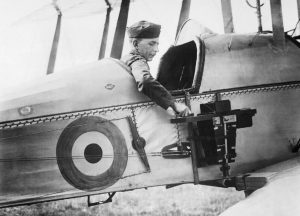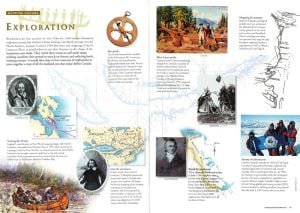
History
50 years of multiculturalism: Where lived experiences make history
Dora Nipp, CEO of the Multicultural History Society of Ontario, reflects on the importance of chronicling migrant, ethnic and Indigenous stories as an essential means to understanding Canada in the 20th century and beyond
- 1134 words
- 5 minutes





